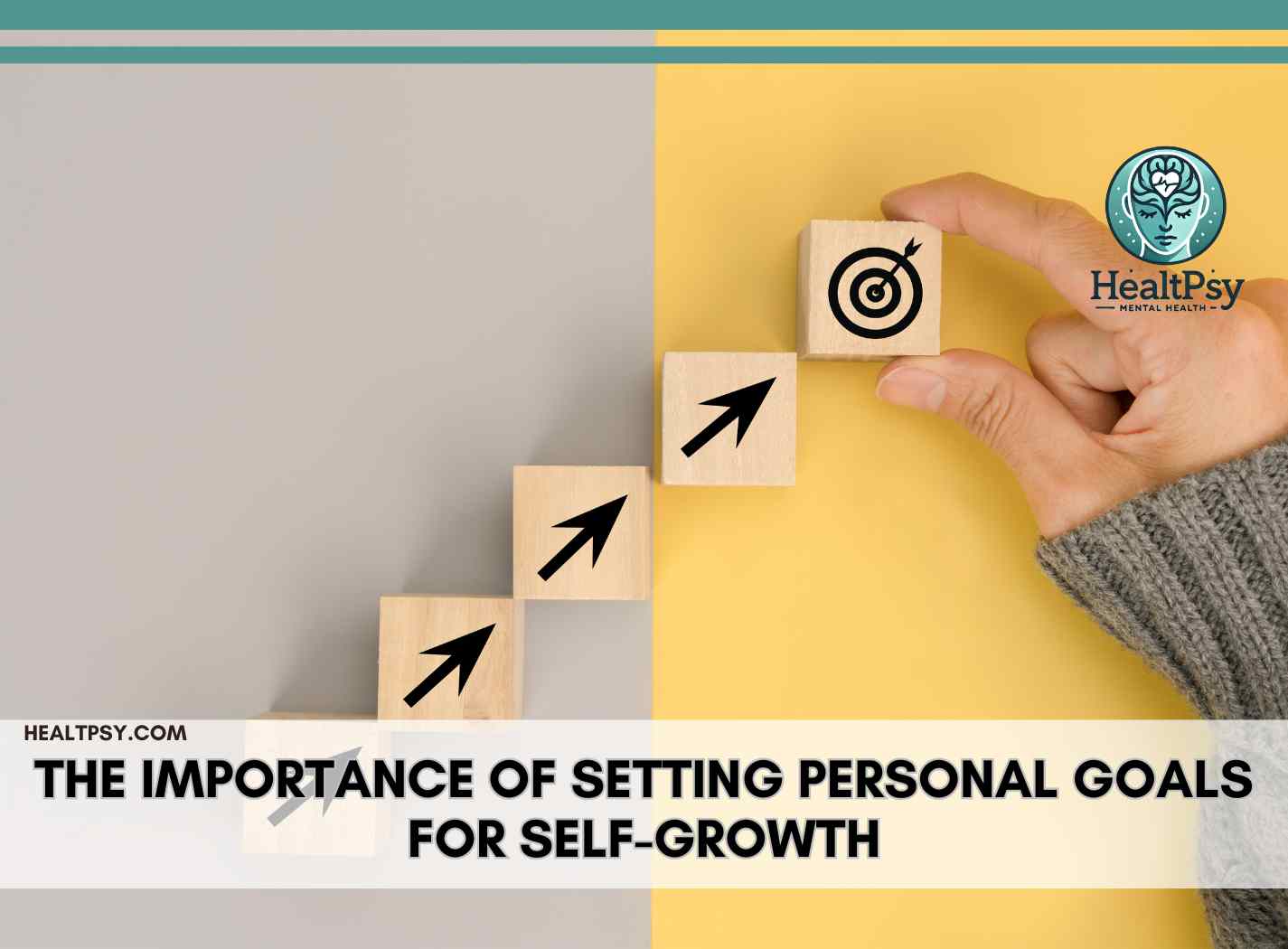The Importance of Setting Personal Goals for Self-Growth
Introduction
What Are Personal Goals?
Personal goals are objectives individuals set for themselves to achieve desired outcomes. These goals can range from short-term, such as completing a course, to long-term, like building a successful career.
Types of Personal Goals:
- Short-Term Goals: These are specific and achievable within a short period, like learning a new skill or exercising daily.
- Long-Term Goals: These require sustained effort over time, such as saving for retirement or earning a degree.
By categorizing goals, individuals can better prioritize and allocate resources for effective achievement.
Why Setting Personal Goals Matters for Self-Growth
- Enhances Focus and Motivation: Goals act as a roadmap, keeping individuals focused on what truly matters.
- Builds Self-Confidence: Achieving personal goals, even small ones, boosts self-esteem and reinforces belief in one’s abilities.
- Encourages Skill Development: Working toward goals often involves acquiring new skills or improving existing ones.
- Provides a Sense of Accomplishment: Reaching a goal delivers a sense of fulfillment, encouraging continued growth.
Steps to Set Effective Personal Goals
1. Use the SMART Framework
SMART goals are:
- Specific: Clearly define what you want to achieve.
- Measurable: Track progress and success.
- Achievable: Set realistic and attainable goals.
- Relevant: Align goals with your values and priorities.
- Time-Bound: Establish a deadline to maintain focus.
2. Write Down Your Goals
Writing goals makes them tangible and serves as a constant reminder. When you put your goals in writing, you give them a sense of reality and importance. This simple act helps clarify your thoughts, making your objectives more structured and achievable. Keeping them visible, such as on a vision board, sticky notes, or a planner, ensures that they remain in your focus and inspire consistent action. Additionally, writing your goals allows you to track progress more effectively, making it easier to identify milestones and celebrate achievements along the way.
3. Break Goals into Smaller Tasks
Divide larger goals into manageable steps. For instance, if the goal is to write a book, start with an outline, then write one chapter at a time.
4. Review and Adjust Regularly
Life circumstances may change, requiring goal adjustments. Periodically reviewing your goals ensures they remain relevant and achievable.
Overcoming Challenges in Goal Setting
- Fear of Failure: View failure as a learning experience and an opportunity for growth.
- Procrastination: Combat procrastination by setting deadlines, creating a routine, and focusing on small, actionable steps.
- Lack of Motivation: Stay motivated by celebrating small victories and seeking support from others.
Examples of Personal Growth Through Goal Setting
- Career Advancement: Setting goals for professional development can lead to promotions or career changes.
- Health and Fitness: Personal goals like losing weight or eating healthier can result in improved physical and mental health.
- Financial Stability: Setting financial goals helps build a secure future.
Practical Tips for Setting and Achieving Goals
- Start Small: Begin with easily achievable goals to build momentum and confidence.
- Find an Accountability Partner: Share your goals with someone who can provide support and encouragement.
- Visualize Success: Picture yourself achieving your goals to stay motivated.
- Leverage Technology: Use apps like Trello, Todoist, or Notion to track progress and stay organized.
Conclusion
Setting personal goals is a cornerstone of self-growth. They provide direction, build confidence, and promote continuous improvement. By following proven strategies and overcoming challenges, anyone can leverage the power of goal setting to transform their lives and achieve their aspirations. Start small, stay consistent, and watch your personal growth journey unfold. For more tips and guidance, visit our Personal Growth and Self-Development section.
you might also like






I very delighted to find this internet site on bing, just what I was searching for as well saved to fav
Thank you so much for your kind words! 🌿
I’m really glad you found our site helpful and worth saving. Stay tuned — we’ll keep sharing more valuable articles to support your mental well-being.
I am truly thankful to the owner of this web site who has shared this fantastic piece of writing at at this place.
Thank you for your thoughtful comment! 💚
It’s always rewarding to know that our content resonates with readers. We truly appreciate your support and kind feedback.
Nice work! I shared this with colleagues who will appreciate it.
naturally like your web site however you need to take a look at the spelling on several of your posts. A number of them are rife with spelling problems and I find it very bothersome to tell the truth on the other hand I will surely come again again.
Thank you, Larissa, for your constructive feedback. 🙏
We appreciate you taking the time to point that out — we’re currently reviewing older posts to ensure the best possible reading experience. Your input really helps us improve!
Your tone is friendly and informative — made for an enjoyable read.
Thank you, Rocco! 😊
It means a lot to know you enjoyed both the tone and the content. We aim to make every article both informative and approachable for our readers.
Thanks for breaking this down into simple steps — very useful.
Nice article! I especially liked the actionable checklist.
Thanks a lot, Gabriel! 🌟
We’re glad you found the checklist helpful — our goal is to offer practical steps readers can really use in everyday life. More actionable guides are coming soon!
A concise guide with practical steps — very helpful indeed.
Appreciate your kind words, Cedric! 💪
We believe that small, practical steps can make a big difference in improving mental health. Thank you for reading and sharing your feedback.
Very actionable advice. I can start applying this right away.
That’s wonderful to hear, Demetrius! 🌼
Our main goal is to provide guidance that readers can apply immediately. Wishing you all the best as you put these strategies into practice!
Very well presented. Every quote was awesome and thanks for sharing the content. Keep sharing and keep motivating others.
Thank you so much, Zackary! 🌟
I’m really glad you enjoyed the quotes and the overall presentation. Your kind words mean a lot — we’ll definitely keep sharing content that inspires and motivates. Stay connected for more uplifting posts!